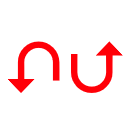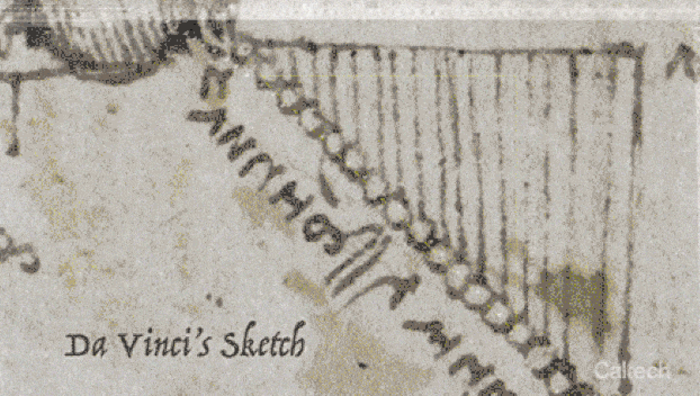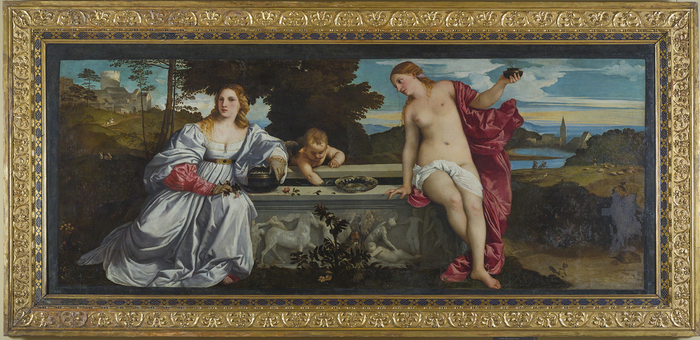Leonardo da Vinci had intuited that gravity is a form of acceleration even a century before Newton: the drawings of his experiments suggest it, which could have defined the gravitational constant 'g' with an accuracy of 97%.
This is the conclusion of a study published in the journal Leonardo by engineers from the California Institute of Technology together with experts from the University of Applied Sciences and Arts Western Switzerland (Hes-so).
Leonardo's experiment in a modern laboratory.
(Caltech)
The researchers looked at some drawings from the Arundel Codex that represent an experiment in which a jug moves horizontally pouring some material (water or, more likely, grains of sand).
With his annotations Leonardo demonstrates awareness of the fact that the spilled material would not have fallen at a constant speed but would have been accelerated and that if the jug had been moved at the same speed as the force of gravity which brings the material down, then the latter falling would draw the hypotenuse of an equilateral triangle.
"About 500 years ago, Leonardo da Vinci attempted to unravel the mystery of gravity and its connection with acceleration through a series of ingenious experiments guided only by his imagination and masterful experimental techniques," the researchers write in their paper.
Computer simulation of the experiment shows that Leonardo used a wrong equation in the right way in his calculations: despite this error, it would have allowed the gravitational constant 'g' to be calculated with 97% accuracy compared to modern methods.
"We don't know if Leonardo experimented further or investigated the question more deeply, but the fact that he was approaching problems in this way in the early 1500s shows how far his thinking was," concludes Morteza Gharib of the California Institute of Technology.














